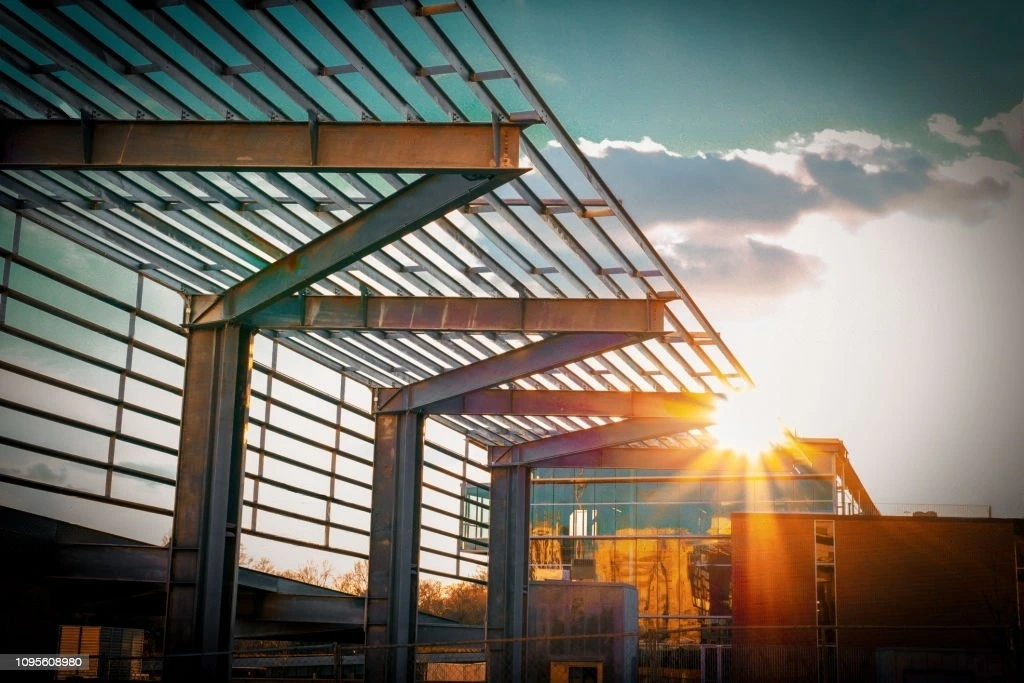A Perfect Pergola is an outdoor structure that provides shade and a place for relaxation in your backyard. It can add beauty and value to your home, but you must know how to maintain it to keep it looking great. Proper care is crucial whether you have a pergola with a roof or a metal pergola.
The roof is one of the most important things to consider when maintaining a pergola. The pergola roof can be made of materials like wood, fabric, or polycarbonate sheets. Whatever material you choose, please keep it clean and free from debris. Regular cleaning can prevent buildup and damage from dirt, leaves, and other debris.
For metal pergolas, like aluminum pergolas, rust is a common issue that can affect their appearance and longevity. To prevent rust, cleaning the metal regularly and applying a protective coating is essential. This coating will help prevent moisture from reaching the metal, which can cause rust to develop.
Another way to maintain the appearance of your pergola is to check for any signs of damage or wear and tear. Any damage should be repaired as soon as possible to prevent further deterioration. Also, consider adding additional support or reinforcement to your pergola if you notice any sagging or leaning.
In summary, keeping a perfect pergola requires regular maintenance and care. Whether you have a pergola with a roof or a metal pergola, proper cleaning, and upkeep are crucial to ensure its longevity and appearance. By caring for your pergola, you can enjoy a beautiful and functional outdoor space for years.
How To Create A Low-maintenance Pergola?
A pergola is a beautiful outdoor structure that adds aesthetic and functional value to your backyard or garden. However, maintaining a pergola can be a tedious task if you don’t build it properly. Luckily, there are ways to create a low-maintenance pergola to save time and effort.
Firstly, consider the type of pergola roof you want. A solid roof made of polycarbonate sheets or metal panels is a great option as it provides shade and protection from the elements. It also requires less maintenance than a traditional open-roofed pergola, which may need regular cleaning of debris and leaves.
Another way to reduce the maintenance of your pergola is to use a metal or aluminum pergola. These materials are durable and weather resistant so that they won’t warp or rot like wood. Metal or aluminum pergolas are also easy to clean and require little upkeep. You can choose from various designs and colors to suit your taste and the style of your home.
To further minimize maintenance, opt for simple designs with clean lines that are easy to clean and maintain. Avoid intricate details or ornate carvings that can collect dirt and grime. Also, choose materials resistant to insects and decay, such as pressure-treated wood or PVC.
In conclusion, creating a low-maintenance pergola requires careful consideration of the materials and design. A solid roof, metal or aluminum pergola, and simple design effectively reduce the upkeep required. Following these tips, you can enjoy your pergola without the added hassle of constant maintenance.
How Do You Plant Climbing Roses On A Pergola?
Climbing roses are a beautiful addition to any garden, and planting them on a pergola can provide an elegant and romantic touch to your outdoor space. Whether you have a pergola roof, metal pergola, or aluminum pergola, planting climbing roses is relatively similar.
First, choose a location for your climbing roses that receives at least six hours of direct sunlight daily. Make sure the soil in that location is well-draining and fertile, as climbing roses require nutrient-rich soil to thrive.
Next, prepare the soil by digging a hole slightly larger than the root ball of your climbing rose plant. Ensure the hole is deep enough to accommodate the roots but not so deep that the graft union (the swollen part of the stem where the roots meet the stem) will be buried.
Once you have prepared the soil, it’s time to plant your climbing rose. Gently remove the plant from its container and place it in the hole, ensuring the graft union is just above the soil level. Backfill the hole with soil, tamp it down gently, and water the plant thoroughly.
Now it’s time to train your climbing rose to grow on your pergola. As the rose plant grows, gently tie its stems to the pergola with twine or wire. You can also weave the stems in and out of the pergola’s structure to encourage them to climb.
It’s important to regularly prune your climbing roses to keep them from becoming too overgrown and to encourage healthy growth. Prune them in the early spring, cutting back any dead or diseased wood and thinning the branches as needed.
With proper care and maintenance, your climbing roses will thrive on your pergola and provide a beautiful, fragrant addition to your outdoor space.
How To Create The Perfect Pergola Roofing Area?
A pergola can be a great addition to your outdoor space, providing shade and a relaxing area for you and your guests. However, you need to create the perfect pergola roofing area to get the most out of your pergola. In this blog, we’ll discuss some tips on creating the perfect pergola roofing area using various materials, such as metal pergolas and aluminum pergolas.
Firstly, let’s talk about pergola roof materials. Metal pergolas and aluminum pergolas are becoming increasingly popular due to their durability and low maintenance. Metal pergolas are available in various materials, including steel and wrought iron. On the other hand, aluminum pergolas are lightweight, making them easy to install and move around. Both materials are resistant to rust and can withstand harsh weather conditions.
When choosing the perfect pergola roofing area, it’s important to consider the size and style of your pergola. If you have a large pergola, a solid roof made of metal or aluminum might be the best option. This will provide more shade and protection from the elements. A louvered or retractable roof could work well if you have a smaller pergola. These roofs allow you to control the amount of sunlight and shade that enters your pergola.
Another important consideration is the color of your pergola roof. Darker colors can absorb more heat, making your pergola area hotter. On the other hand, lighter colors reflect heat and keep your pergola area cooler. Therefore, if you live in a hot climate, choosing a lighter color for your pergola roof might be best.
In conclusion, creating the perfect pergola roofing area is all about choosing the right materials and design to suit your needs. Metal pergolas and aluminum pergolas are great options for durability and low maintenance. Consider the size and style of your pergola, the type of roof you want, and the color of the roof to create a comfortable and stylish outdoor space.





